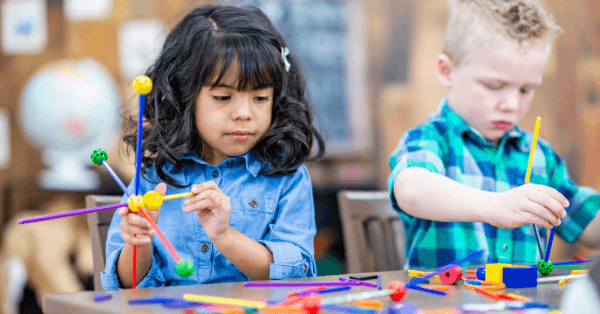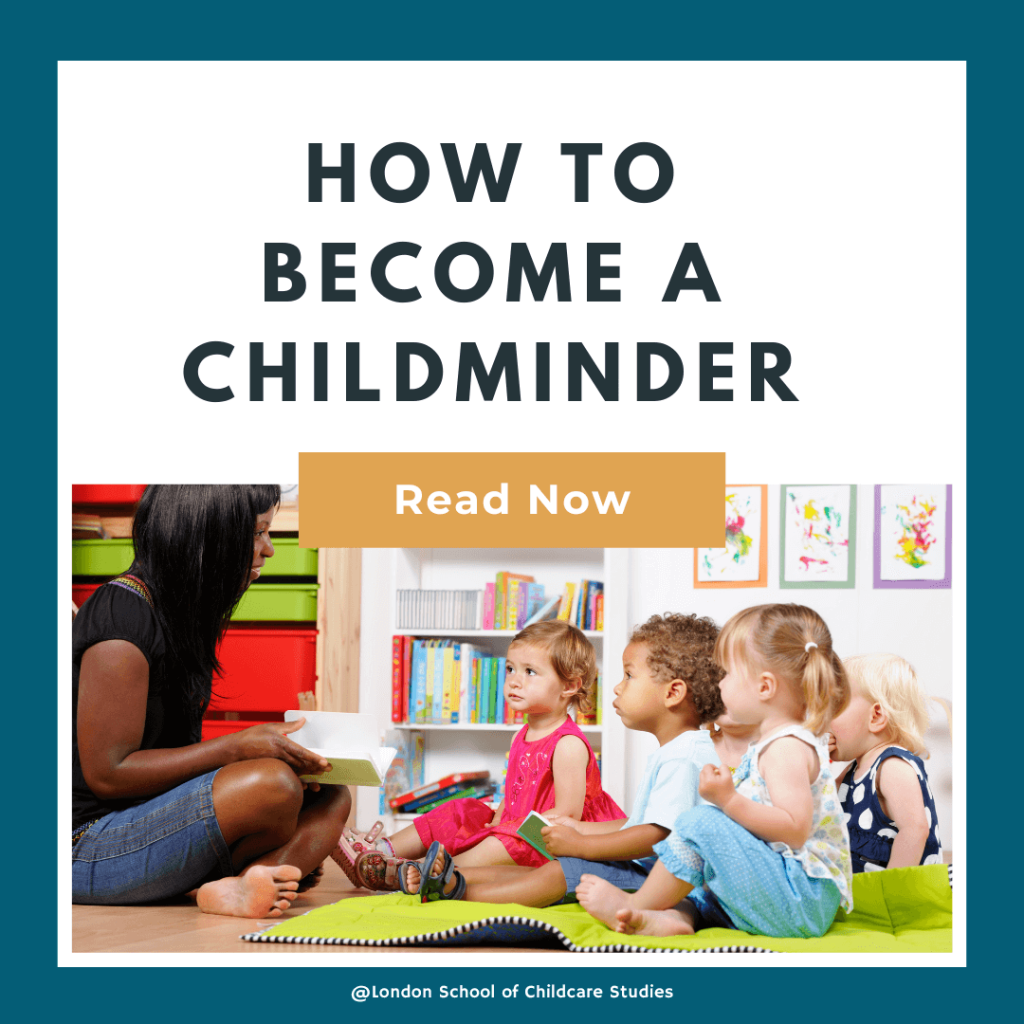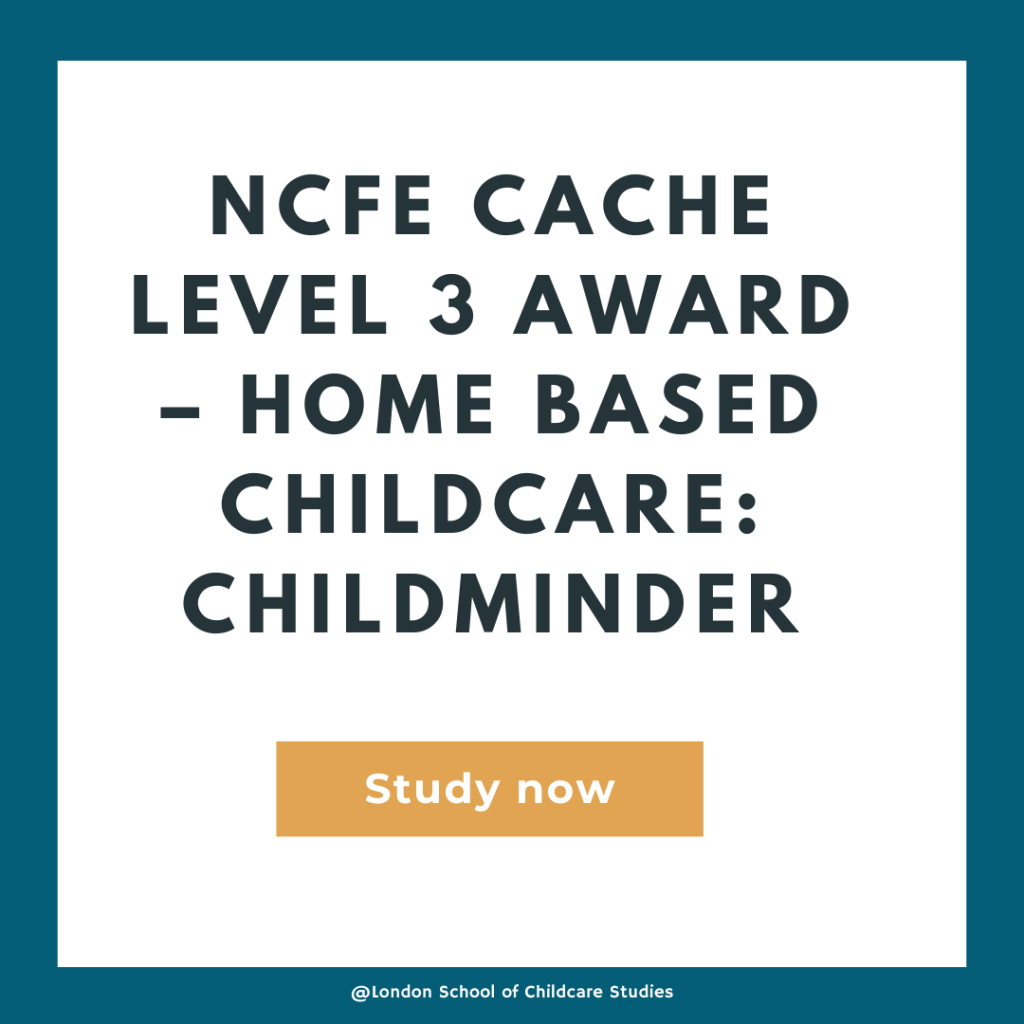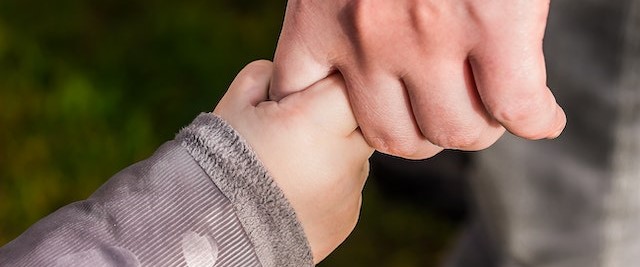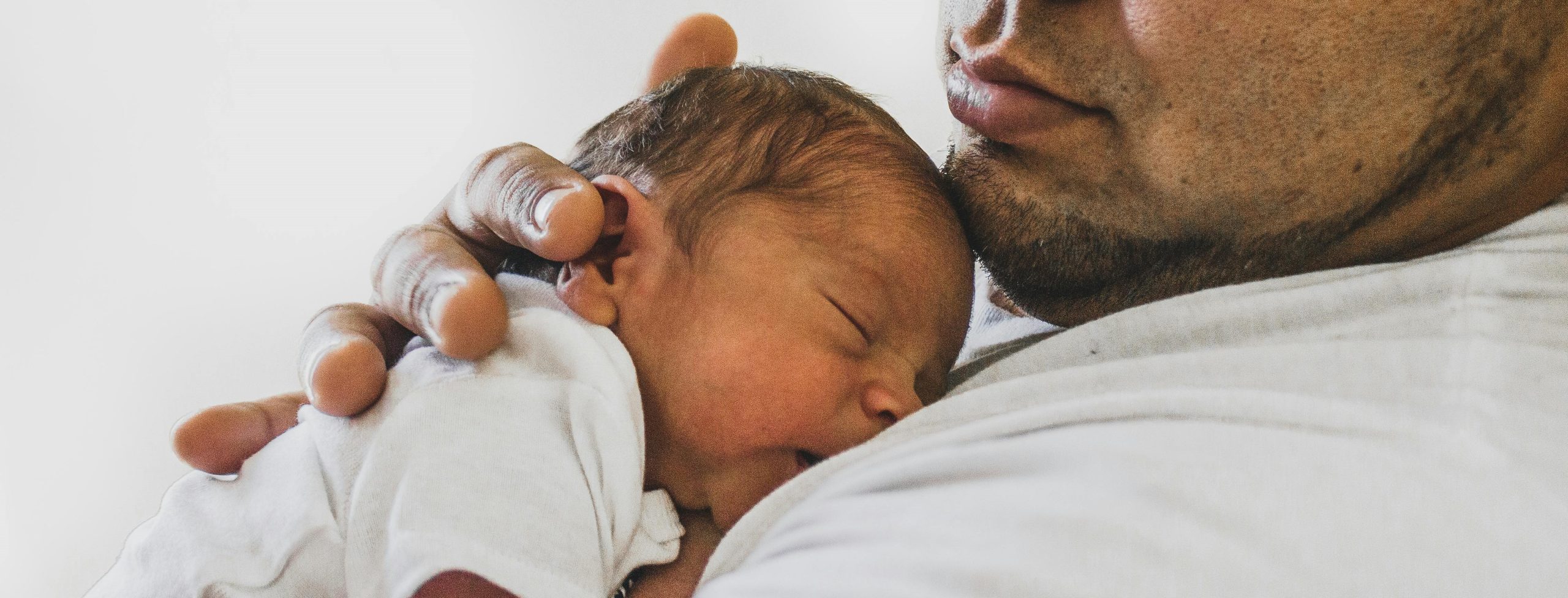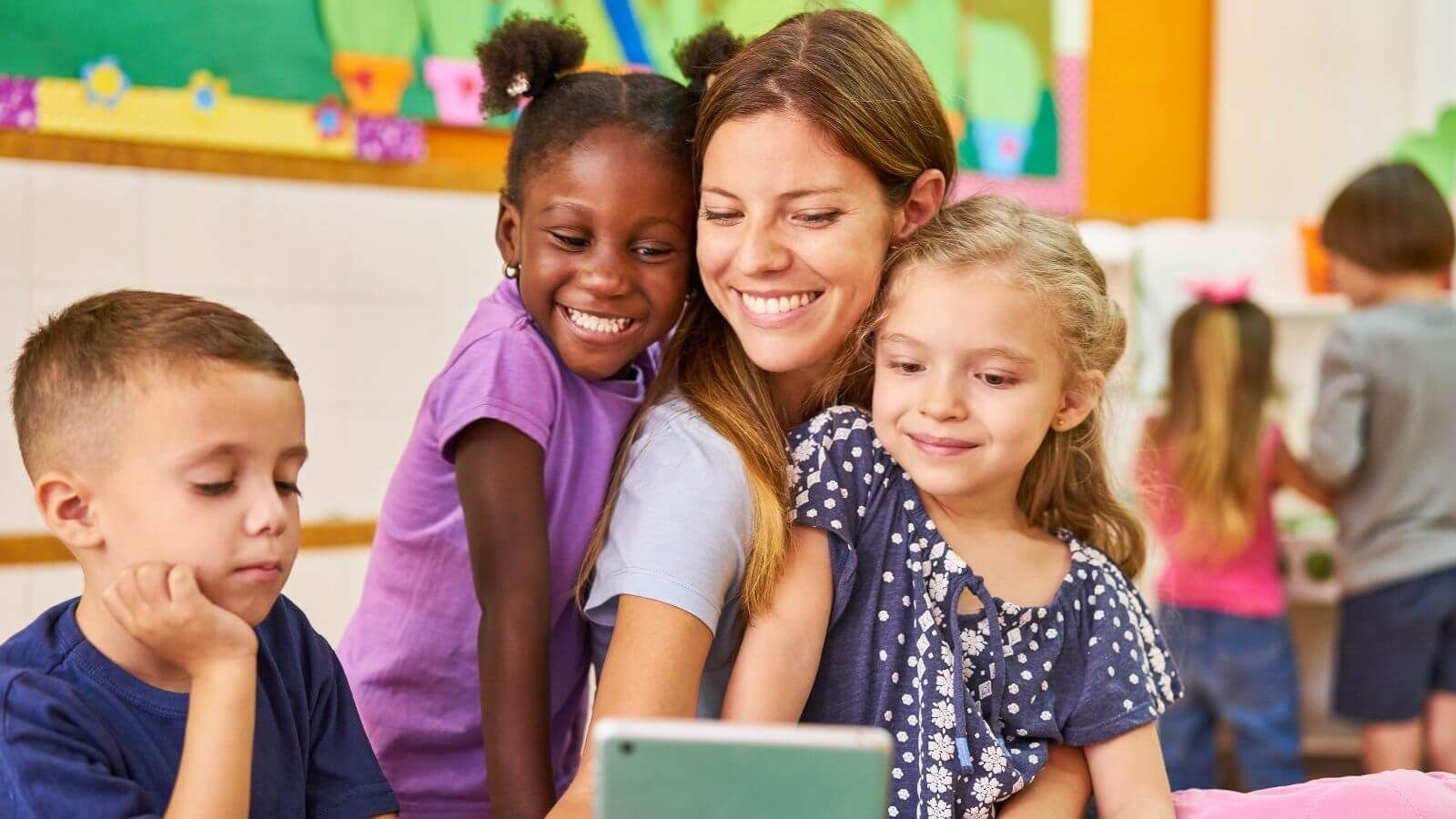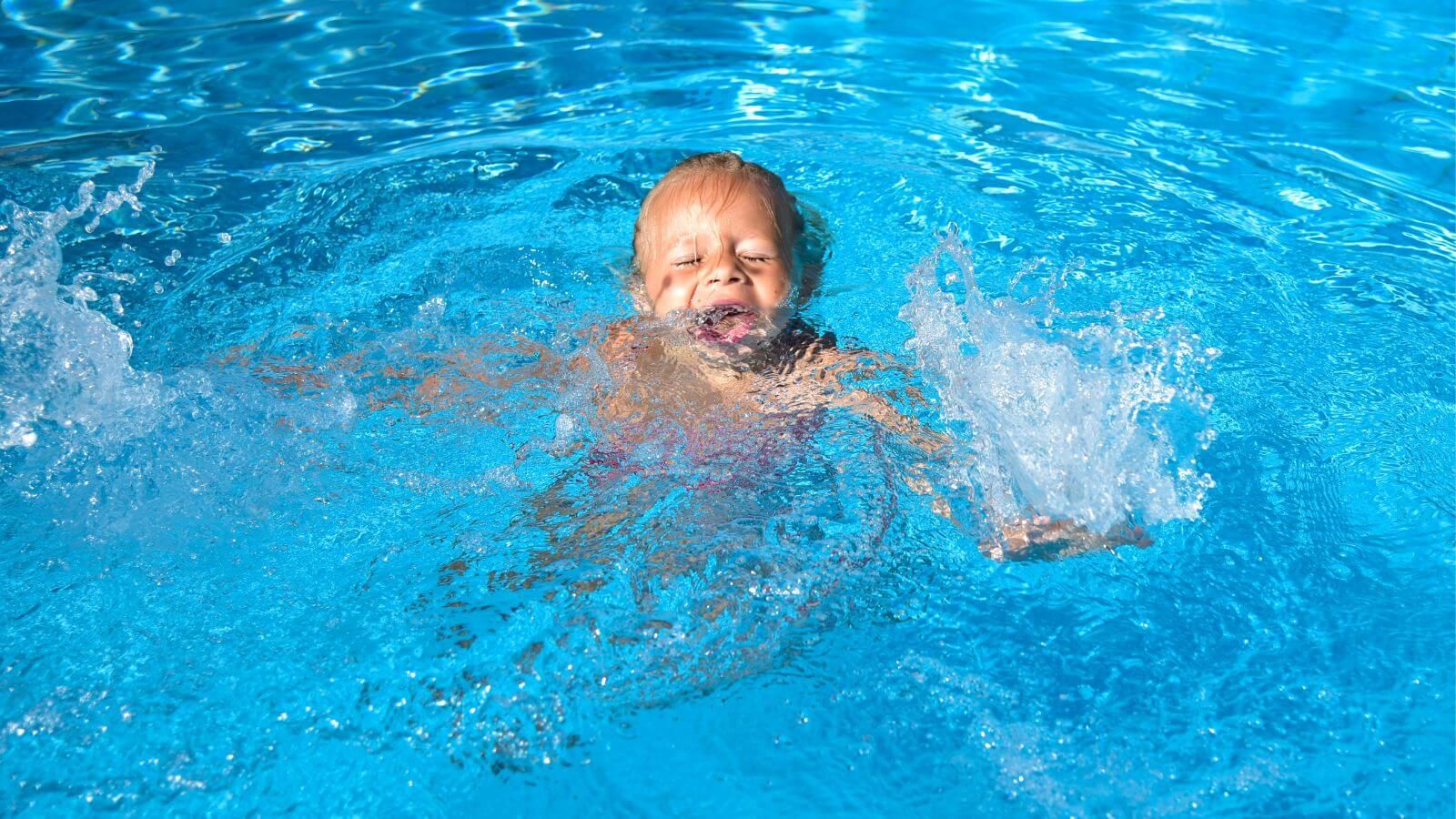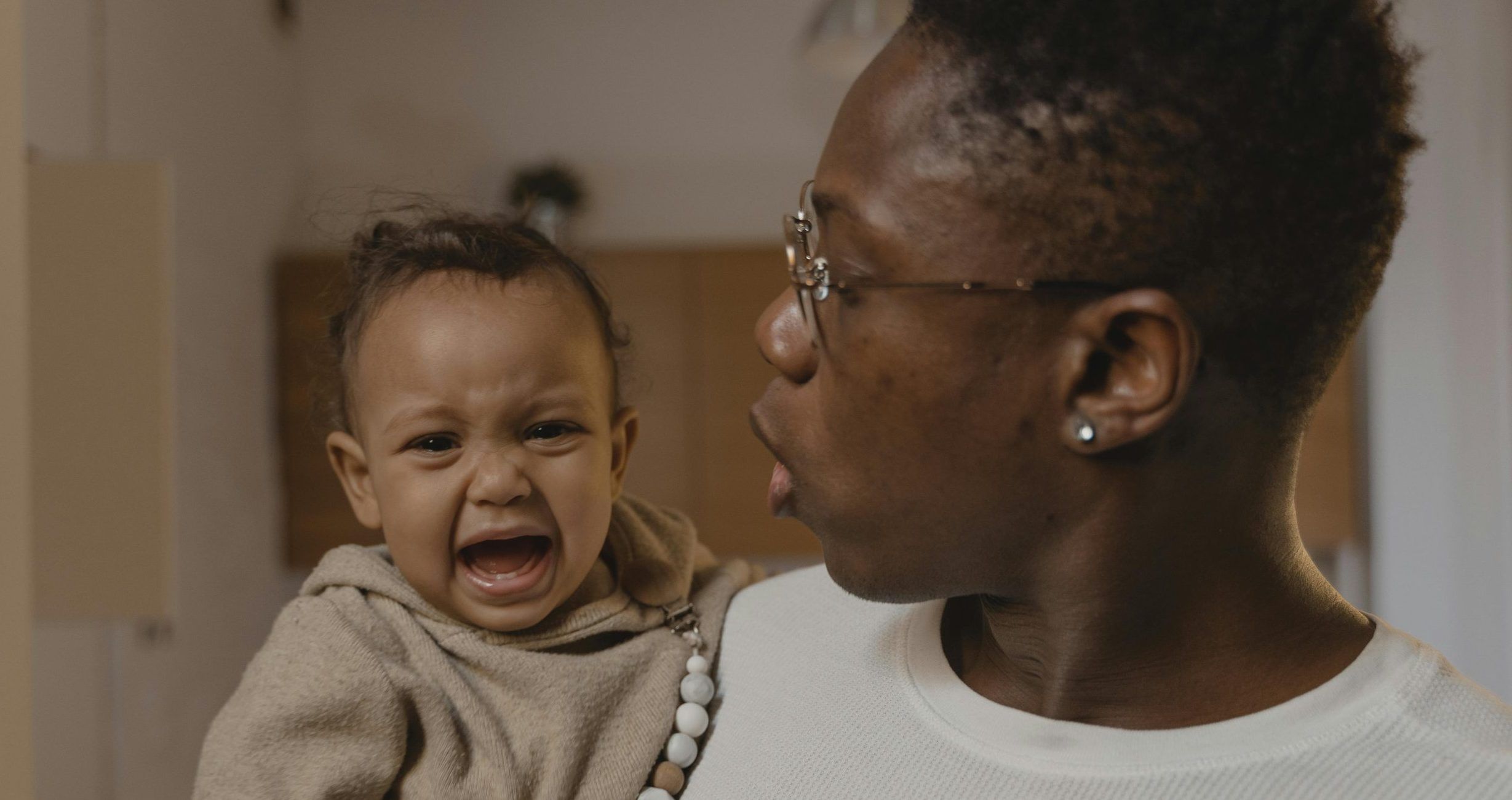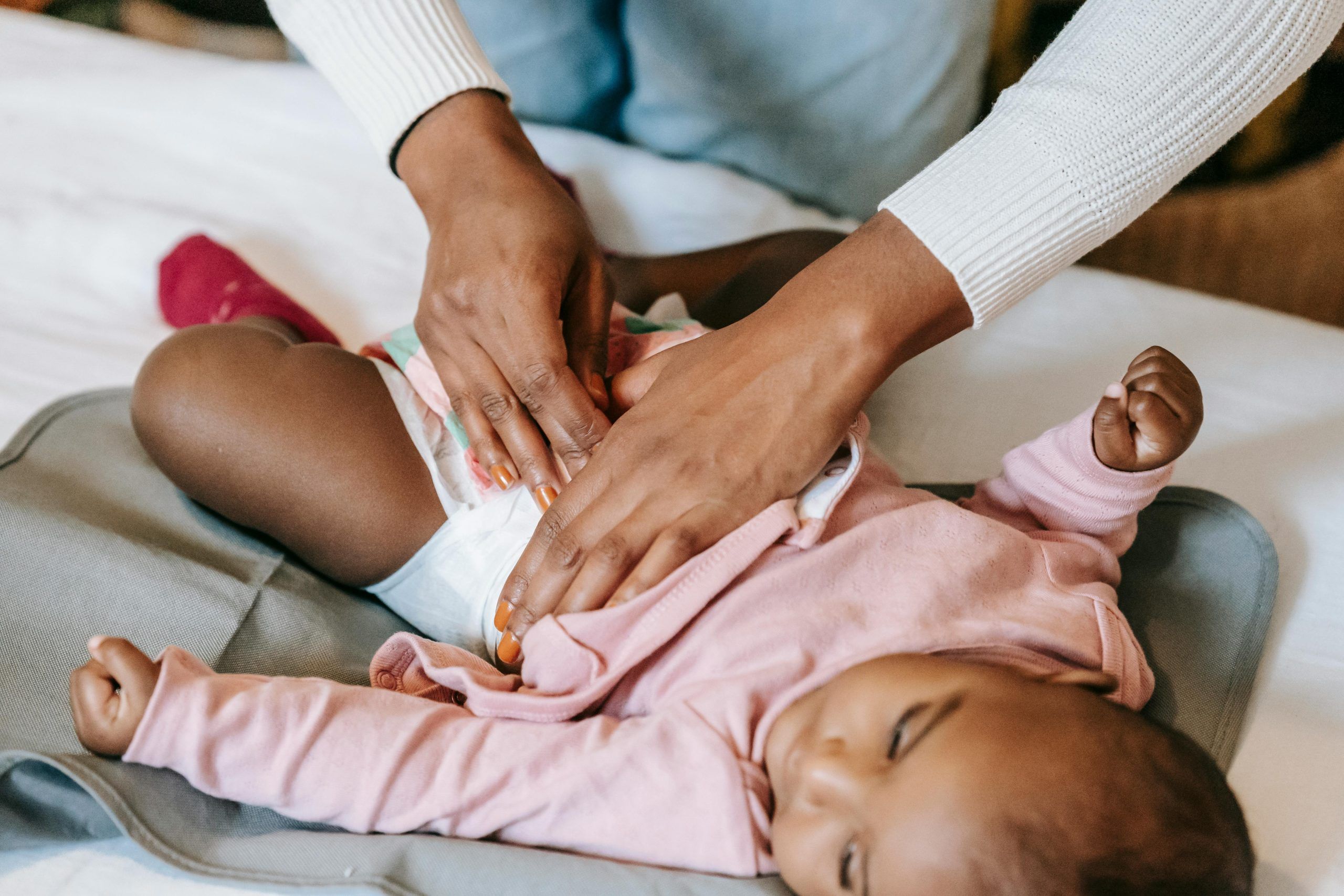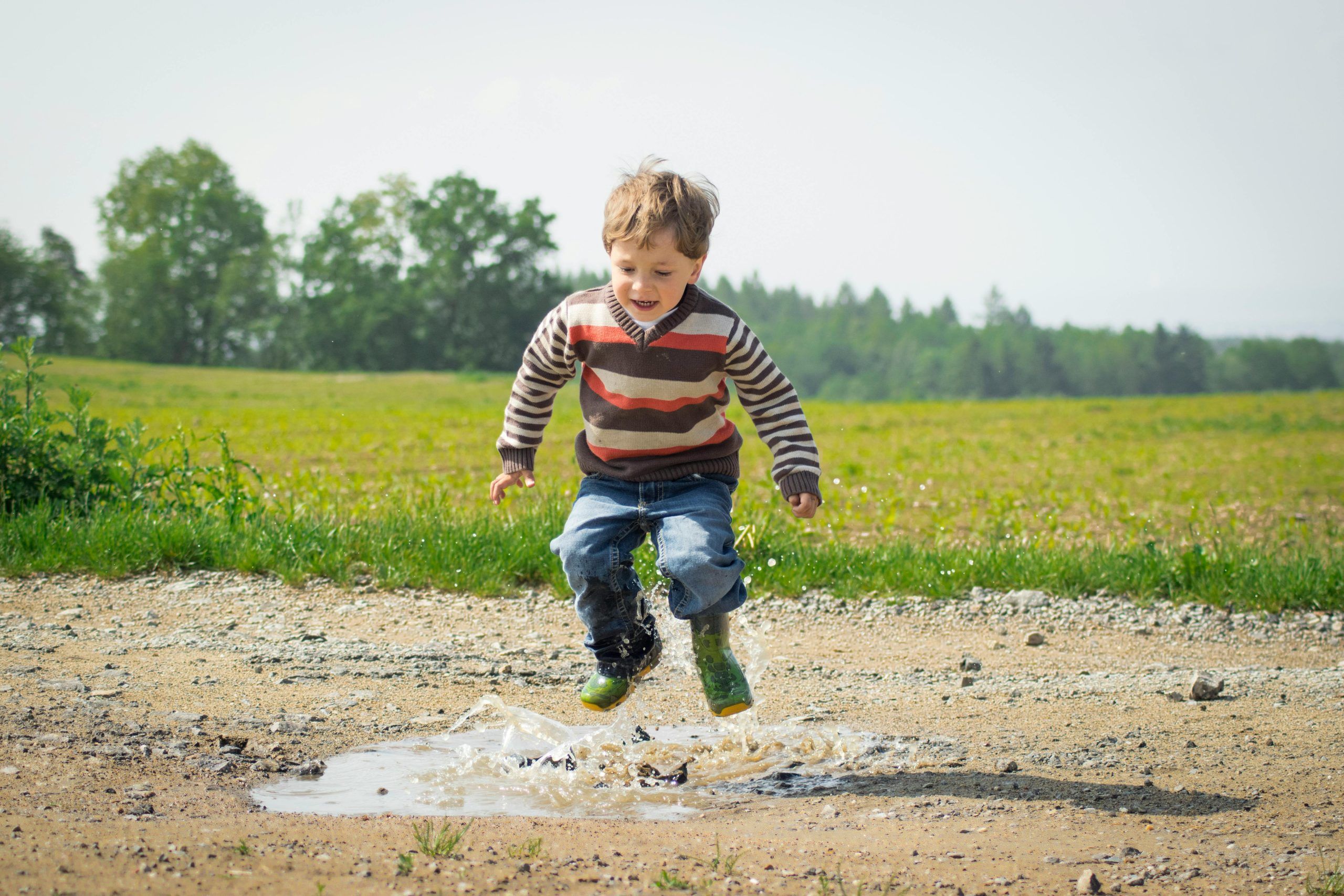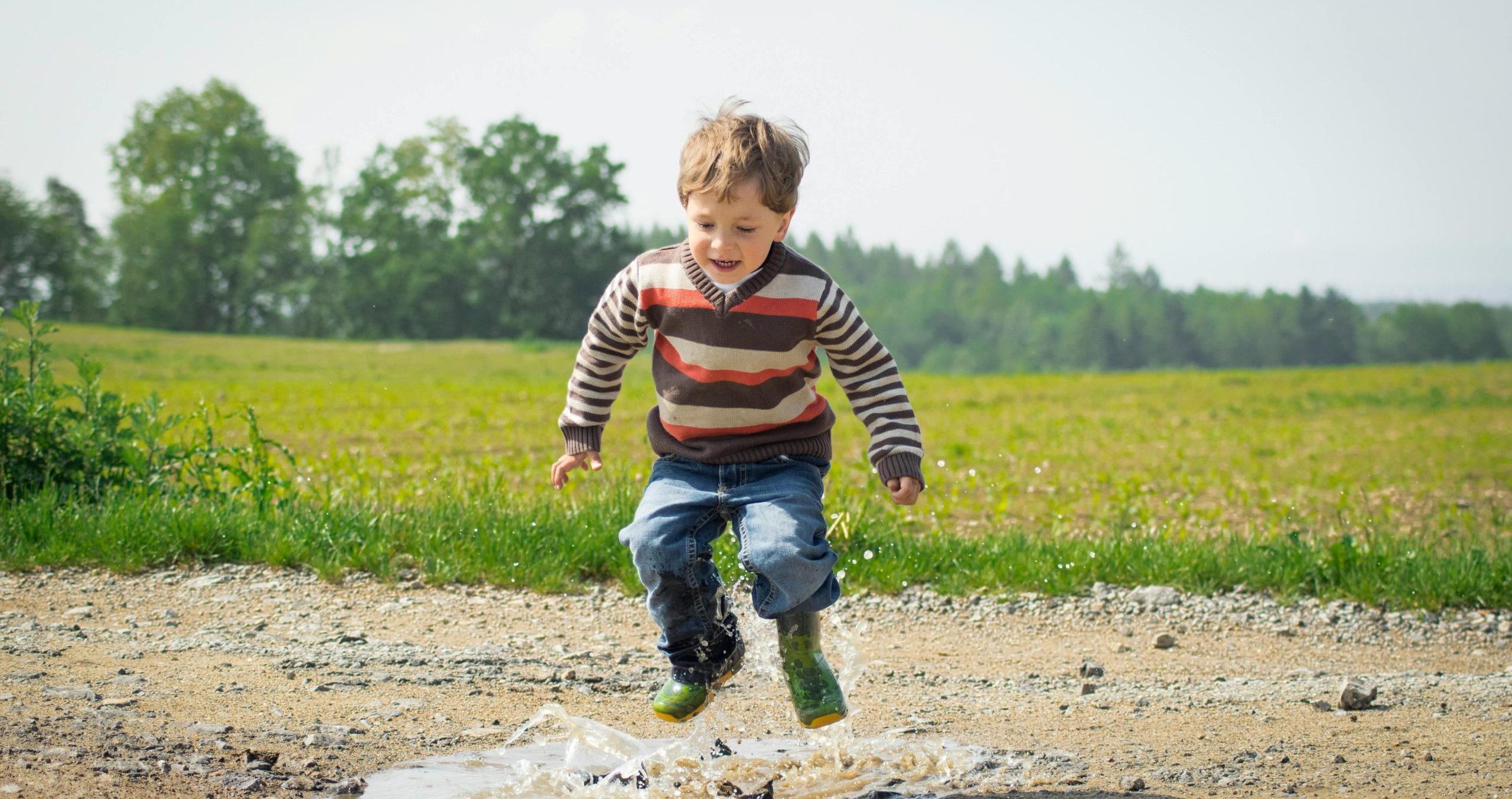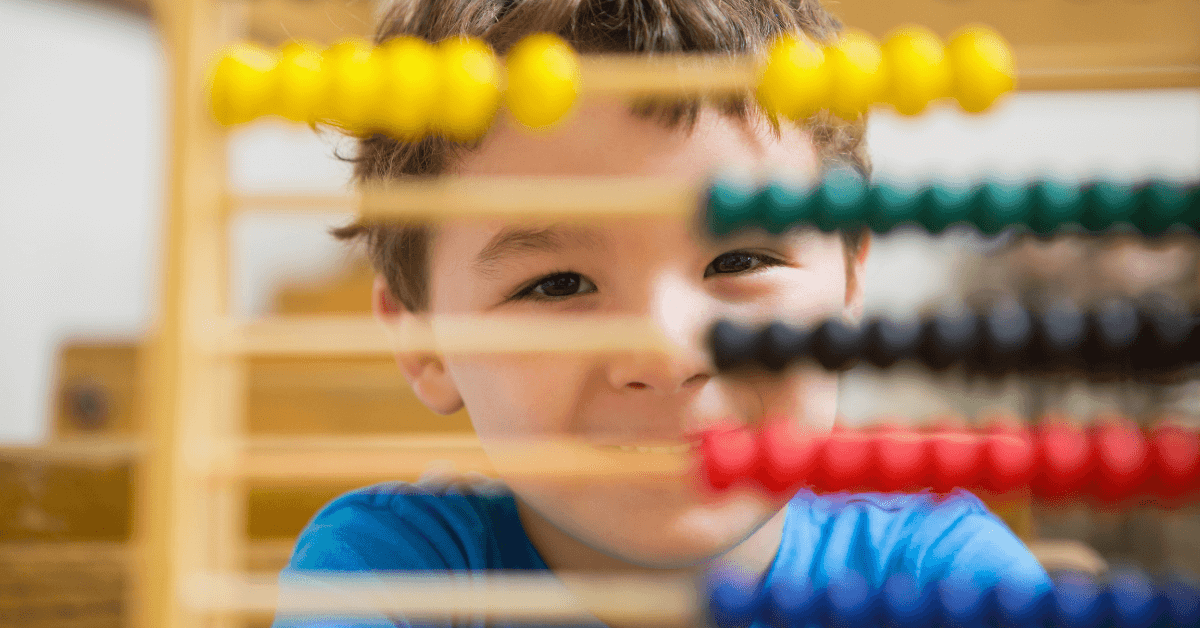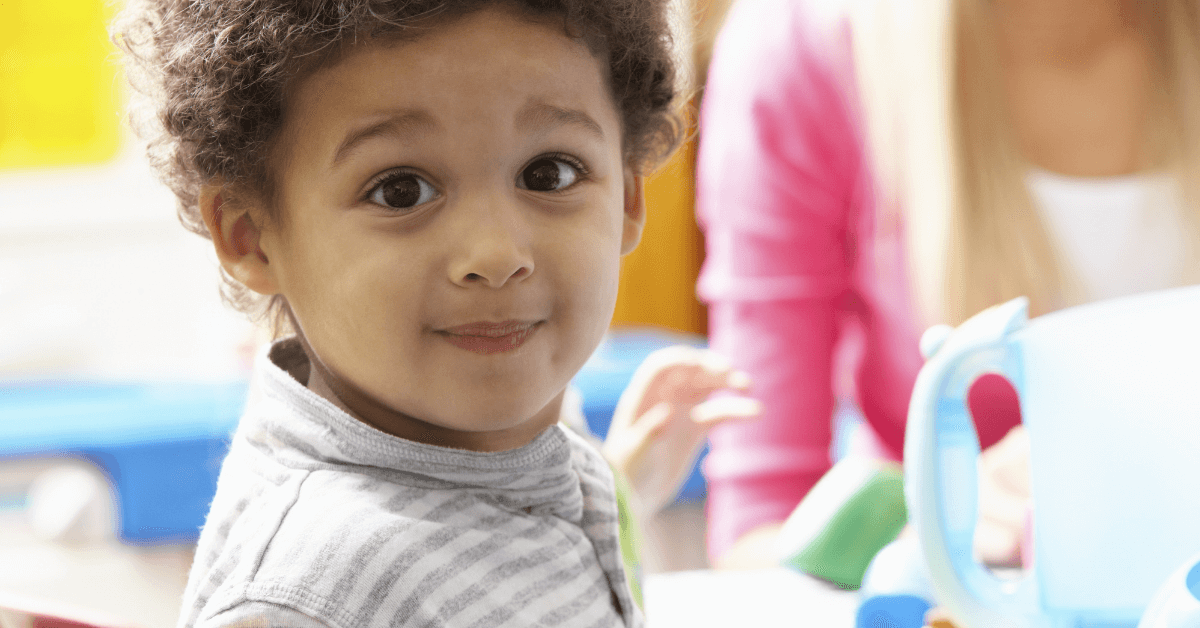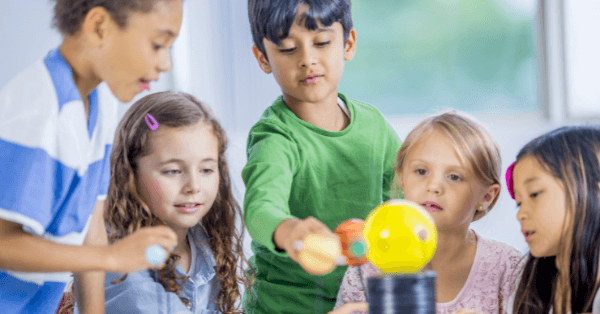When starting any business of your own, you have choices and decisions about who your audience will be—in this case, who you will care for.
A significant deciding factor for childminders is the hours they would like to work and the age of the children they feel most comfortable with.
Early Years Childcare Register
If you feel you would like to grow your childminding business around children of preschool age and wish to keep your space open throughout the day and during school holidays, this may be the best option for you.
Caring for children who are aged from birth to 5, means you will need to be on the Early Years Register.
If you choose this register, you will need to meet all the safeguarding requirements and show you have an excellent understanding of the development requirements outlined in the Early Years Foundation Stage Framework.
In your pre-registration Ofsted visit, you will be asked about activities you may plan for different areas of the EYFS Framework and key safeguarding knowledge such as who to report an incident to and the types of abuse children may experience and how to look out for them.
It costs £35 annually to register for this register and you should expect an Ofsted inspection within the first 30 months of your setting opening. Once you have had this inspection, you will be inspected every 6 years if you achieve a grade of ‘Good’ or higher.
As a childminder caring for children under school age, you have a responsibility to be aware of and promote their educational development and will be expected to know the next steps for the children you care for.
You’ll also need to complete key documentation such as the Two Year Check. It is your responsibility to plan and prepare programmes of play-based activities, which engage and progress the children.
Since Ofsted has asked for a reduction in paperwork, this planning does not need to mean reams of paper and time. Most childminders have similar tracking of the children they care for in a Nursery or Day Care setting.
Having young children and babies can be very rewarding as the steps they make as they progress are huge and you will inevitably become a large part of the family’s life.
Bonds will be made and the relationships you form can last a lifetime. However, caring for young children can be very tiring and hard work. Childminders in these settings can work for very long days, as they open their setting for the children to be dropped off on the parents’ way to work and remain open until parents return from work and pick up the kids on their way home.
You will be part of the children’s journey as they go through developmental steps such as weening, teething and toilet training, which although rewarding once achieved, can be very testing and difficult to train.
Keeping your setting under the recommended child-to-professional ratio is also vital and this means as a childminder working on your own, you can only care for one child under the age of one and three under the age of five. These ratios include your own children so this also needs to be considered.
Many childminders also choose to be on the Childcare Register alongside the Early Years Register as it doesn’t require them to pay an additional fee. This means you can also care for children over the age of 5 and perhaps have these children before and after school.
Consideration needs to be made if you choose to care for older children as inevitably this does mean your younger children will need to come on school drop-offs and collections.
Carry systems will be required to accommodate all the younger children and important parts of their day like their nap times may be disturbed. However, having some older children can be financially very helpful and also be a refreshing addition to the environment.
Wrap-around care and the Childcare Register.
‘Wrap Around’ childcare provides care for a child outside of normal school hours. This usually involves breakfast clubs and after-school clubs.
Some wrap-around providers open full time in the school holidays whilst some choose to close—this is your decision as a business owner.
Most childminders who run a wraparound setting are both on the Childcare Register, which enables them to care for children aged 5 to 8, and the Voluntary Register, which covers childminders caring for children over 8.
If you wish to only be on these registers and not the Early Years Register, it will cost £103 annually. If, however, you choose to also be on the Early Years Register, meaning you can also look after younger children, it is reduced to £35 a year.
Unlike the Early Years Register, if you choose to only be on the Childcare Register, you are not responsible for the children’s educational development—of course, you’ll inevitably enrich it.
You must still have a clear understanding of all safeguarding requirements and this will form the majority of both your pre-inspection and all future Ofsted inspections.
Unlike the Early Years Register, Ofsted will only inspect 10% of settings registered on the Childcare Register per year. While these are randomly chosen, factors such as how long your setting has been open, an increase in illnesses reported in your environment, and any complaints against the setting may increase the chances of you being selected.
If you are only on the Childcare Register, you can look after children who are aged 5 after the 31st of August following their birthday. In a school setting, this means children in Year 1 and above.
Choosing to run a wrap-around care business does mean you will have more time in the day owing to your working hours only being at the start and end of the day.
This can be beneficial for people who also run another business alongside their childminding one and those who ideally would like part-time work.
To remain in the ratio, you are allowed to care for six children under the age of eight. Although there is no restriction on the number of children you care for after the age of eight, you must be able to show you can adequately accommodate all the children and that the presence of the older children does not impact the younger ones negatively.
Your insurance company will also have an exact amount of children you are allowed to childmind at one time on your own and this must be adhered to.
Wrap-around care gives you a lot of flexibility during the day should you need to attend appointments or wish to carry out activities such as going on school trips with your own child.
It is almost certainly less tiring as you are only working for a few hours each day. However, dealing with older children can at times be complex and the children may have varying interests and ideas of what activities they would like to engage in your home.
Any issues at school may be brought into the setting and will need to be discussed.
Once again wonderful relationships can be formed and you will become a very important part of the child’s life. It can be very rewarding to nurture the children through their Primary education and prepare them for Secondary School.
Thinking about the care you would like to provide is very important and what will work for you both financially and emotionally needs serious consideration. Once your setting is open however you will become a great part of these families’ lives and no matter what age group you choose to care for, you have the ability to make rewarding progress with the children.


